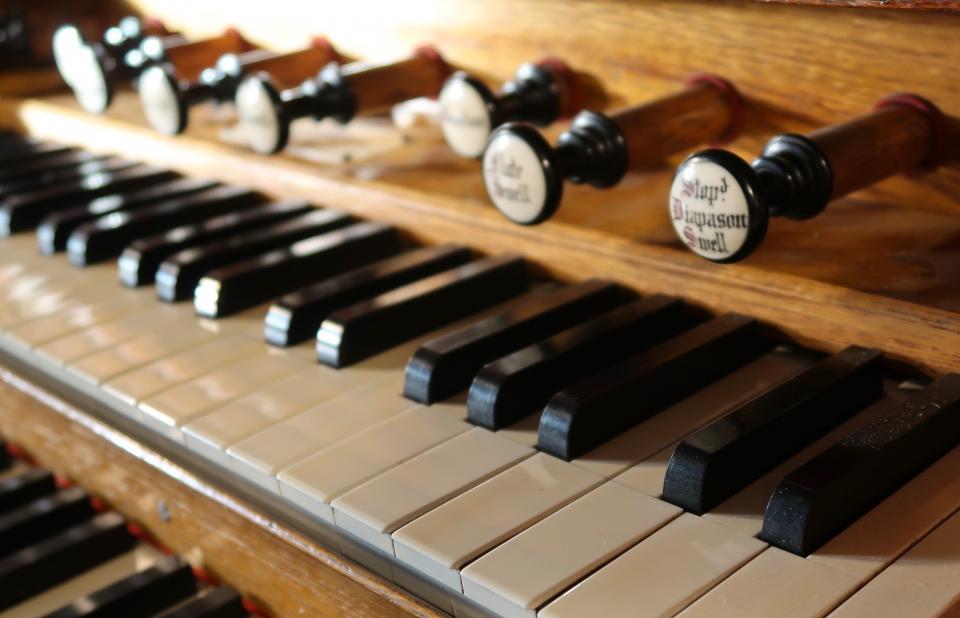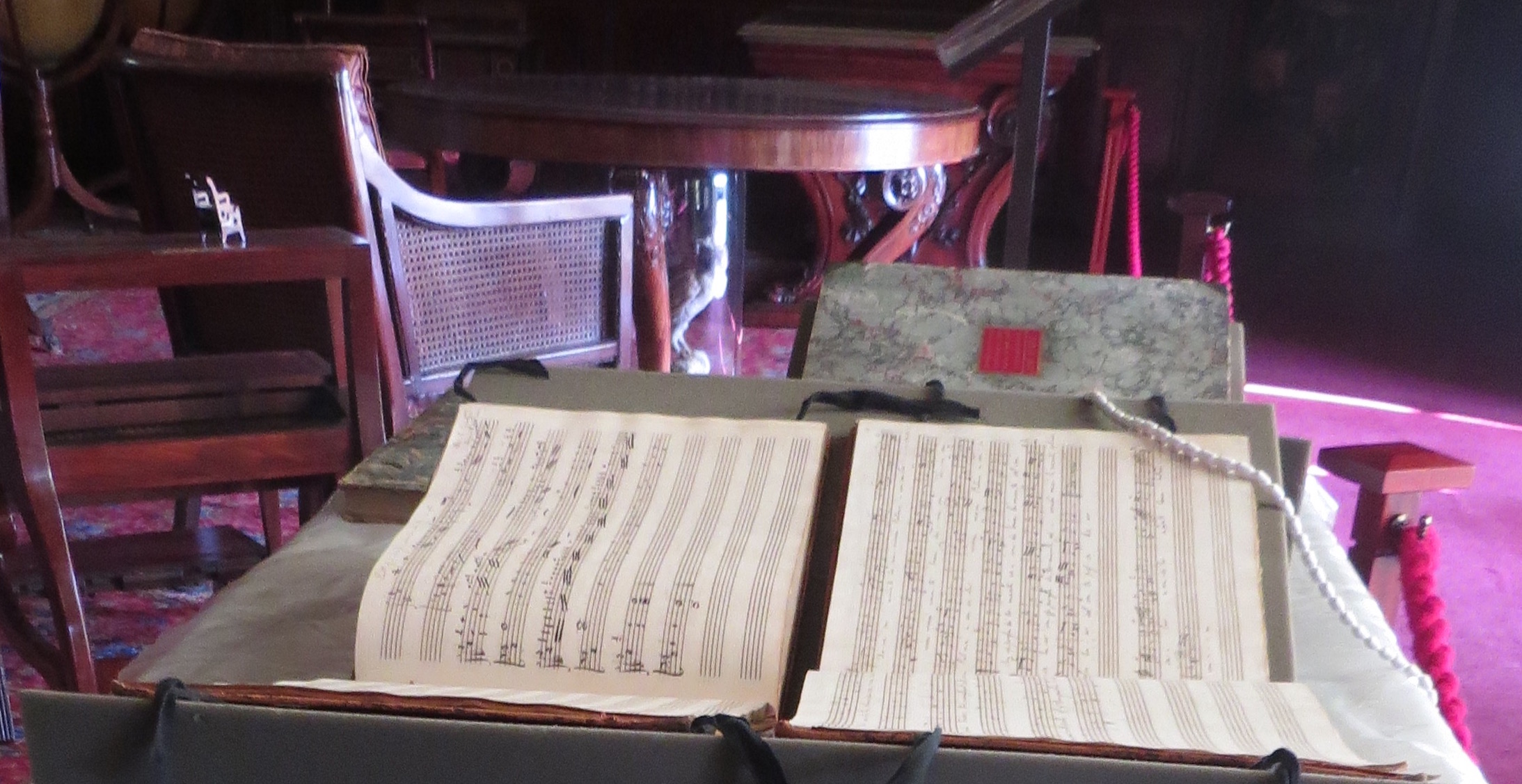
Mapping Music in Historic Houses
The AHRC-funded “Music, Home and Heritage” project has completed a large-scale mapping exercise for the open online database Cecilia, which provides collection-level descriptions of musical materials in British and Irish libraries, archives and museums. The “Music, Home and Heritage” team, led by Jeanice Brooks (University of Southampton) and Wiebke Thormählen (Royal College of Music), collaborated with colleagues at the British Library and a range of heritage partners to enrich Cecilia with extensive new data about music in UK historic houses, providing information on scores, instruments, playback materials and technologies, and a host of other music-related items.
Cecilia is a free online resource developed by the UK and Ireland branch of IAML (The International Association of Music Libraries, Archives and Documentation Centres). Although it has always been equipped to list music collections held in historic properties, until now these have been vastly underrepresented. At the start of the MHH project in 2017, only 29 houses belonging to the National Trust and a handful of further sites in the care of other bodies appeared in the database, and the entries were often brief and incomplete. The AHRC funding allowed for expansion and updating of existing entries as well as a census exercise to locate music collections in houses not yet represented. With support from the British Library, the National Trust, the National Trust for Scotland, English Heritage, the Yorkshire Country House Partnership and many individual heritage sector curators and archivists, project assistants Katrina Faulds (University of Southampton) and Jonathan Frank (Royal College of Music) have compiled records for 216 properties, including 194 historic houses in public ownership. They were aided by Jane Troughton (University of York), who compiled data on behalf of the YCHP, and Roger Williams, who wrote all of the entries for the National Trust for Scotland.
The new entries range from grand aristocratic residences to more modest town houses and rural dwellings, and provide fascinating insights into the musical lives of these properties and their former residents. Cecilia’s focus on collection-level (rather than item-level) description allows users to see printed and manuscript scores and books about music as well as musical instruments, bringing together items that are frequently separated in other catalogues and databases. The inclusion of less frequently inventoried musical items—from concert programmes to playback devices to musical memorabilia—and owner names and provenance information renders the collection descriptions even more useful as an entry point for the musical history of the house and the social history of music.
Jonathan Frank’s blog post for IAML provides some insights into the many different ways that Cecilia’s historic house descriptions can support research, highlighting some of the more unusual discoveries along the way. These new records enable us to begin drawing comparisons between collections (for example, looking at what time periods, genres, composers and manufacturers are represented) and researching geographical distributions and potential musical networks.More broadly, the records on Cecilia will make this information available to anyone interested in historic house music collections, helping to stimulate further research and support future interpretation.

